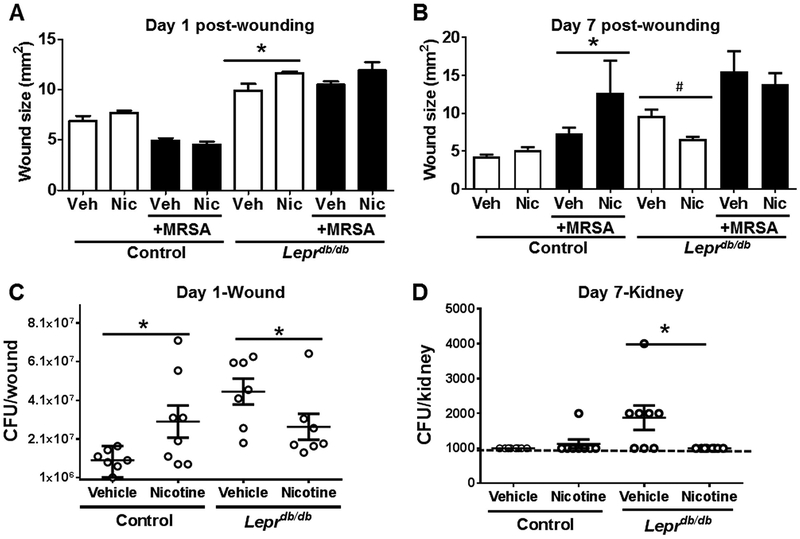Figure 1. Epidermal nAChR activation influences wound closure and bacterial survival in diabetic mouse wounds.
Vehicle (Veh) or nicotine (Nic; 10−9 M) was applied twice daily onto dorsal skin for 3 days prior to excisional wounding and topical vehicle or infection with 106 CFU/wound of MRSA. Wound sizes of uninfected or infected control (Leprdb/+) or diabetic (Leprdb/db) mice were determined at (A) day 1 and (B) day 7 post-wounding. Statistical analyses were performed using a Mann Whitney test (*, p < 0.05, #, p<0.01). (C) Bacterial burden in skin wounds at day 1 post-wounding and (D) MRSA dissemination into kidney at day 7 post-wounding in control (Leprdb/+) and diabetic Leprdb/db mice (n=7–8 per group, repeated twice). Representative data from one of the two independent experiments are shown. Dotted line in (D) demarcates detection limit for bacteria in this assay (103 CFU/kidney). Data are presented as the median ± range. Each dot indicates a single mouse. Statistical analysis was performed using unpaired one-tailed Mann-Whitney test (*p < 0.05 vs. vehicle for respective control or diabetic mouse).

